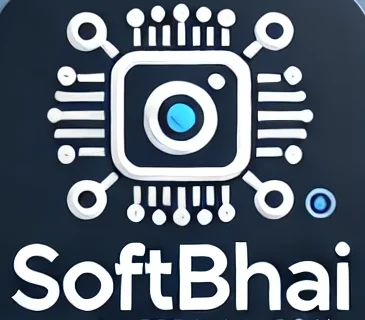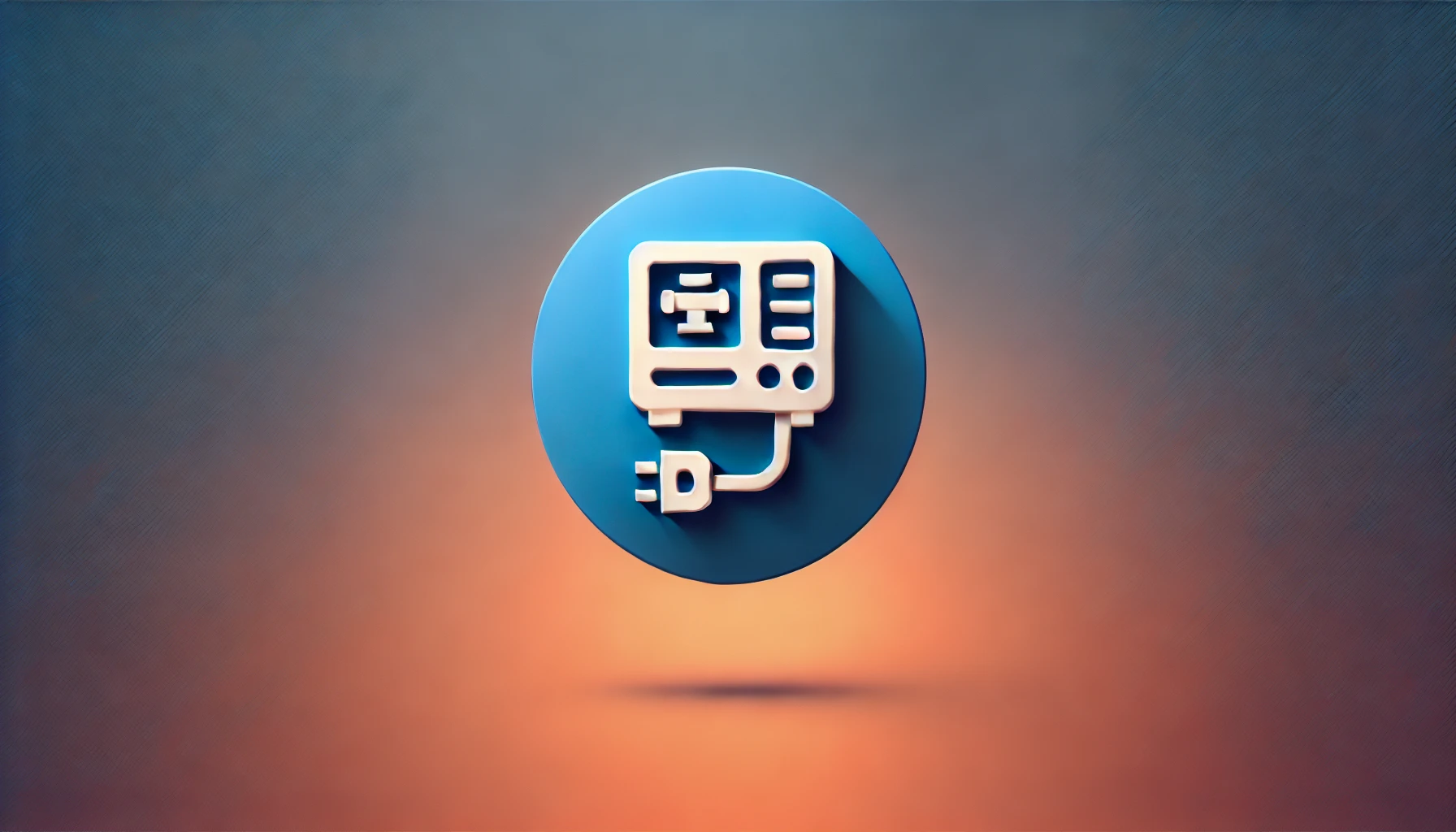Can I Hardwire a CarveWright to a Computer System?
CarveWright machines are popular for their precision and ease of use, but many users wonder, can I hardwire a CarveWright to a computer system? The default connection method involves transferring files via a memory card or USB. However, some users prefer a more direct connection. This article explores the possibility of hardwiring a CarveWright to a computer system, available options, and alternative solutions to improve workflow efficiency.
Understanding CarveWright’s Connectivity Options
CarveWright CNC machines typically do not support direct hardwiring to a computer. The primary way to transfer designs is through a memory card. This method ensures that the machine operates independently without requiring a computer to be constantly connected. While USB ports are available, they are mainly used for software updates and diagnostics rather than direct machine control.
Some users may find this process inconvenient, as it requires frequent file transfers. This raises the question: can I hardwire a CarveWright to a computer system to eliminate the need for memory cards? While the answer is not straightforward, understanding the existing connectivity options is essential.
Can You Hardwire a CarveWright to a Computer System?
The official CarveWright setup does not support a direct hardwired connection. Unlike some CNC machines that use Ethernet or USB for real-time control, CarveWright relies on its proprietary system. The main reason behind this is to ensure smooth operation without potential interference from a computer’s processing activities.
However, some users have attempted workarounds, such as using a network adapter or modifying the machine’s software. These methods are not officially supported and may void the warranty. If you are still interested in finding a way to hardwire your CarveWright, proceed with caution and understand the risks involved.
Alternative Methods to Control a CarveWright Machine
If direct hardwiring is not an option, alternative solutions can help streamline the process. Some users have found success with:
- Using a dedicated computer near the machine to make file transfers more efficient.
- Setting up a network storage system where design files are stored and quickly transferred to a memory card.
- Exploring third-party software that may allow remote file transfers.
Although these methods do not provide real-time control, they can significantly improve workflow efficiency. If can I hardwire a CarveWright to a computer system remains your concern, these alternatives might be the next best thing.
Troubleshooting Connectivity Issues with CarveWright
Some users experience difficulties when transferring files, leading to questions about hardwiring the machine. If you are facing connectivity issues, consider the following solutions:
- Ensure the memory card is properly formatted and functional. A faulty card can lead to transfer errors.
- Update the CarveWright software. Outdated software may not recognize files correctly.
- Check the USB ports. If using a USB connection for updates, ensure the ports are working properly.
- Use a different computer. Sometimes, compatibility issues arise from operating system settings.
Addressing these problems can improve the overall experience, even without a direct hardwired connection. Also Read: Computer Numerical Control (CNC) Machines
Benefits and Drawbacks of Hardwiring a CarveWright
While hardwiring sounds convenient, it has both advantages and drawbacks. Understanding these factors can help determine if it is necessary to modify the system.
Benefits:
- Eliminates the need for a memory card, reducing transfer time.
- Provides a seamless connection between design software and the machine.
- Reduces errors caused by file transfer issues.
Drawbacks:
- Modifying the system may void the warranty.
- CarveWright is not designed for direct computer control, so stability issues may occur.
- Potential hardware compatibility issues may arise, making the process more complicated than expected.
Given these factors, it is important to weigh whether hardwiring is worth the effort or if alternative methods are more practical.
Expert Tips for Optimizing Your CarveWright Setup
Even without a hardwired connection, there are ways to enhance your workflow. Some expert tips include:
- Organizing files efficiently. Keeping design files well-organized reduces transfer time.
- Investing in a high-speed memory card. This ensures faster and more reliable data transfers.
- Keeping software up to date. Regular updates improve performance and compatibility.
- Using a dedicated workstation. A computer specifically for CarveWright tasks can simplify the process.
These small adjustments can make a significant difference in how smoothly your CarveWright machine operates.
Will CarveWright Offer Hardwired Support in the Future?
As technology evolves, users hope that CarveWright will introduce an option for direct computer control. While there are no official announcements, advancements in CNC technology suggest that future versions may include USB or Ethernet connectivity. Until then, users must rely on the current file transfer methods or explore alternative solutions.
Case Study: A User’s Experience with Hardwiring a CarveWright
Many users have attempted to find ways to hardwire a CarveWright CNC machine to a computer system. One such user, Mark, a seasoned woodworker, wanted a faster way to send his designs to the machine without using a memory card. He experimented with a USB-to-Ethernet adapter, hoping to establish a stable direct connection. Initially, he found a way to transfer files slightly faster, but soon encountered issues with file corruption and system errors.
Eventually, Mark had to reset his machine’s firmware to restore functionality, losing valuable time in the process. His experience highlights the risks of modifying the CarveWright system, reinforcing that while hardwiring may seem like a good idea, it is not always practical or reliable.
A Comparison Table
| Feature | Hardwired (Not Officially Supported) | Memory Card/USB (Recommended Method) |
|---|
| Setup Complexity | High – Requires modification | Low – Plug and play |
| Reliability | More stable but risky | Stable and safe |
| Speed | Faster data transfer | Slightly slower |
| Warranty Risk | Voided if modified | Fully supported |
Pros & Cons
🔹 Pros:
✔ Faster data transfer
✔ No need for memory cards
🔹 Cons:
✖ Risk of voiding warranty
✖ May require technical skill
FAQs
1. Can I connect my CarveWright to a computer with a USB cable?
CarveWright machines have USB ports, but they are primarily used for software updates and diagnostics. They do not support direct file transfers or real-time control.
2. Why doesn’t CarveWright support direct computer connections?
CarveWright machines are designed to operate independently. This setup prevents issues that could arise from a computer’s processing limitations or software conflicts.
3. Are there any third-party solutions to hardwire a CarveWright to a computer?
Some users have experimented with network adapters and third-party software, but these are not officially supported and may lead to performance issues.
4. What is the best way to transfer files to a CarveWright?
Using a high-speed memory card is the most efficient method. Ensuring your software and firmware are up to date can also improve performance.
5. Will future CarveWright models have hardwired connectivity options?
There are no official updates on this, but as CNC technology advances, future models may include direct connectivity features.
Conclusion
The question can I hardwire a CarveWright to a computer system does not have a simple answer. The machine is designed for independent operation, and direct hardwiring is not supported. While workarounds exist, they come with risks. Instead of modifying the machine, using alternative file transfer methods and optimizing workflow may be the best solution. As technology progresses, future CarveWright models may offer new connectivity options, making file management even easier for users.
Readers Also Liked
Here are some articles that our readers have also enjoyed:

